Shinjuku vs Shibuya: A Comprehensive Comparison of Tokyo's Two Major Districts + Access Guide
For foreign visitors to Tokyo, Shinjuku and Shibuya are likely on everyone's must-visit list.
I was born and raised in Shibuya, and I've been familiar with the bustling atmosphere of this lively district since childhood. Now as an adult, I've also come to appreciate Shinjuku's unique charms.
These two districts might seem similar at first glance. However, from a local's perspective, their distinct characteristics are clear. Both areas overflow with their own unique appeal - from Shibuya's scramble crossing and latest fashion trends to Shinjuku's Kabukicho and cluster of skyscrapers.
In this article, I, as someone raised in Shibuya who has frequently visited Shinjuku, will compare both districts and introduce their characteristics and ways to enjoy them.
While both Shinjuku and Shibuya are fascinating districts, you're sure to find your favorite spot.
Now, let's explore the charms of Tokyo's two major entertainment districts together!
For those who want to learn more about Shinjuku, check out the Shinjuku Guide, and for those interested in diving deeper into Shibuya, please also see the Shibuya Guide.
Table of Contents
・Characteristics of Shinjuku and Shibuya
・Which is More Popular Among Foreign Tourists?
・Common Features of Shinjuku and Shibuya
・Differences in Shopping Experience
・Food Culture and Restaurant Trends
・Nightlife and Entertainment
If you're interested in "Shinjuku Charms", Check the article below.
・Exploring Shinjuku: A Comprehensive Guide to Tokyo's Dynamic Heart
If you're interested in "Shibuya Charms", Check the article below.
・Shibuya Guide: Explore Tokyo's Trendy Culture

Characteristics of Shinjuku and Shibuya
First, let me introduce the overall characteristics of Shinjuku and Shibuya.
Overall Atmosphere of Shinjuku
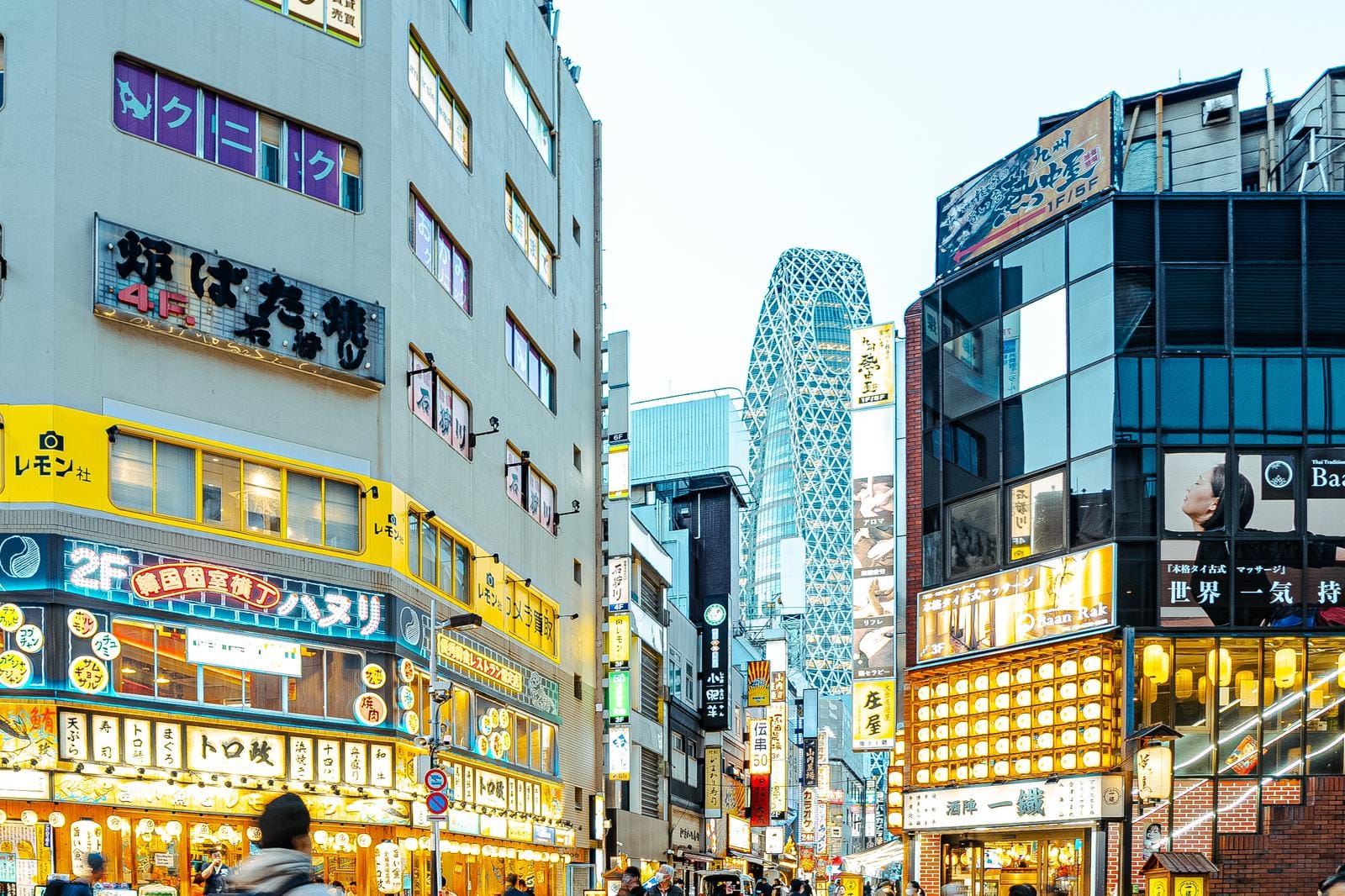
Shinjuku is a massive urban space located in central Tokyo. If I had to describe its characteristics in one phrase, I'd say it's an "adult district full of diversity and energy."
Shinjuku Station boasts the world's highest passenger traffic, with millions of people passing through this giant terminal daily. Step outside the station, and you're immediately greeted by the dynamic scenery created by clusters of skyscrapers. These high-rises house offices of both domestic and international corporations, giving the area its identity as a business center.
However, Shinjuku's appeal isn't limited to its business district. It's also famous as an entertainment district, showing a different face at night.
The daytime streets filled with businesspeople and tourists transform into an adult playground illuminated by brilliant neon lights at night. This duality - showing different faces during day and night - is perhaps Shinjuku's most distinctive feature.
Shinjuku attracts people of all ages. From suit-clad business professionals to shopping families and young people enjoying the nightlife. This diversity brings a unique vitality and energy to Shinjuku's streets.
More Detailed Information About "Attractions in Shinjuku"
・Things to do in Shinjuku:11 Must-see & visit Spots 2026
Overall Atmosphere of Shibuya

Shibuya is where I was born and raised. If I had to describe its atmosphere in one phrase, I'd say it's "the birthplace of youth culture and trends." When walking through Shibuya's streets, you can feel a vibrant energy as if something new is always being born.
The symbol of Shibuya is undoubtedly the Scramble Crossing. This intersection where people cross in all directions best represents the energetic street life of Shibuya. I remember getting excited every time I crossed this intersection as a child. Even now, that excitement hasn't changed.
Shibuya is a constantly evolving district. Redevelopment continues, and new landmarks keep emerging. Recent additions like Shibuya Scramble Square and MIYASHITA PARK add new appeal to the area.
However, the traditional shopping streets and restaurants remain, creating a perfect balance between old and new that makes Shibuya so appealing.
The Harajuku area, which is part of Shibuya, is also not to be missed. The streetscape, marked by colorful and pop visual elements, feels like stepping into another world. Walking through Takeshita Street and Cat Street, you can experience Japanese pop culture firsthand.
More Detailed Information About "Attractions in Shibuya"
・17 Sightseeing Spots in Shibuya
Which is More Popular Among Foreign Tourists?
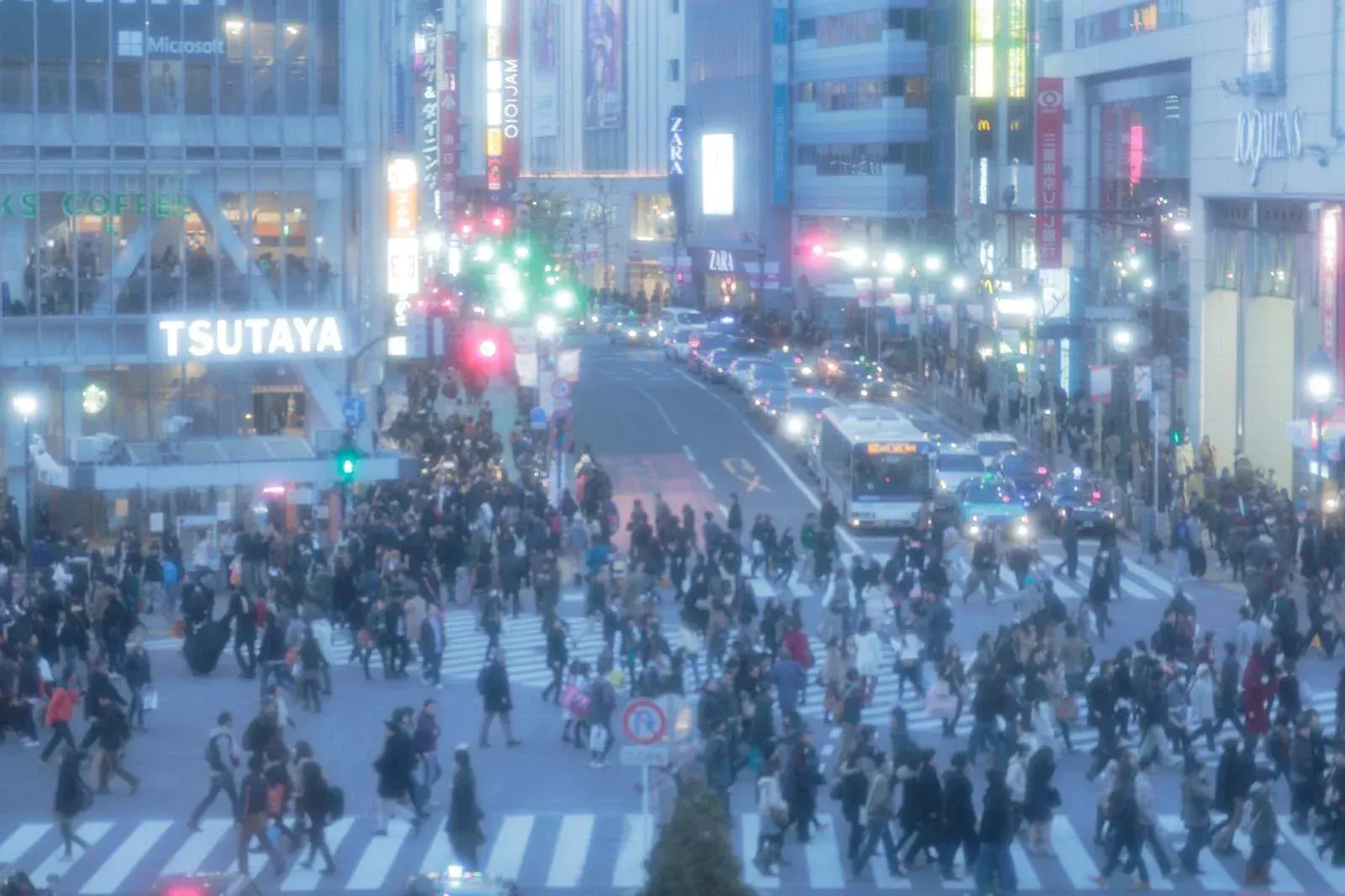
Which district is more popular among foreign tourists - Shinjuku or Shibuya? Based on my experience and observation, while both areas are extremely popular, I feel that Shibuya attracts slightly more attention from foreign tourists.
The main reason for Shibuya's popularity is its abundance of iconic spots. In particular, the Scramble Crossing is world-famous, with many tourists visiting to take photos.
When I guide my foreign friends, I always take them to this crossing, and they get incredibly excited. Additionally, spots like the Hachiko statue, 109, and recently Shibuya Scramble Square are popular Instagram-worthy locations that attract younger tourists.
However, Shinjuku holds its own appeal. It seems more popular for night tourism and shopping. The neon-lit streets of Kabukicho and the nighttime views of skyscrapers fascinate many foreign tourists. Also, Shinjuku, with its large department stores and specialty shops, is a paradise for shopping enthusiasts.
However, most tourists tend to visit both districts. This is likely because Shinjuku and Shibuya each offer different attractions. Experiencing youth culture and pop culture in Shibuya, then experiencing adult Tokyo in Shinjuku - this combination creates an ideal Tokyo sightseeing experience for many tourists.
Common Features of Shinjuku and Shibuya
Shinjuku and Shibuya share many common features. Let me introduce these similarities.
Appeal as Tourist Destinations
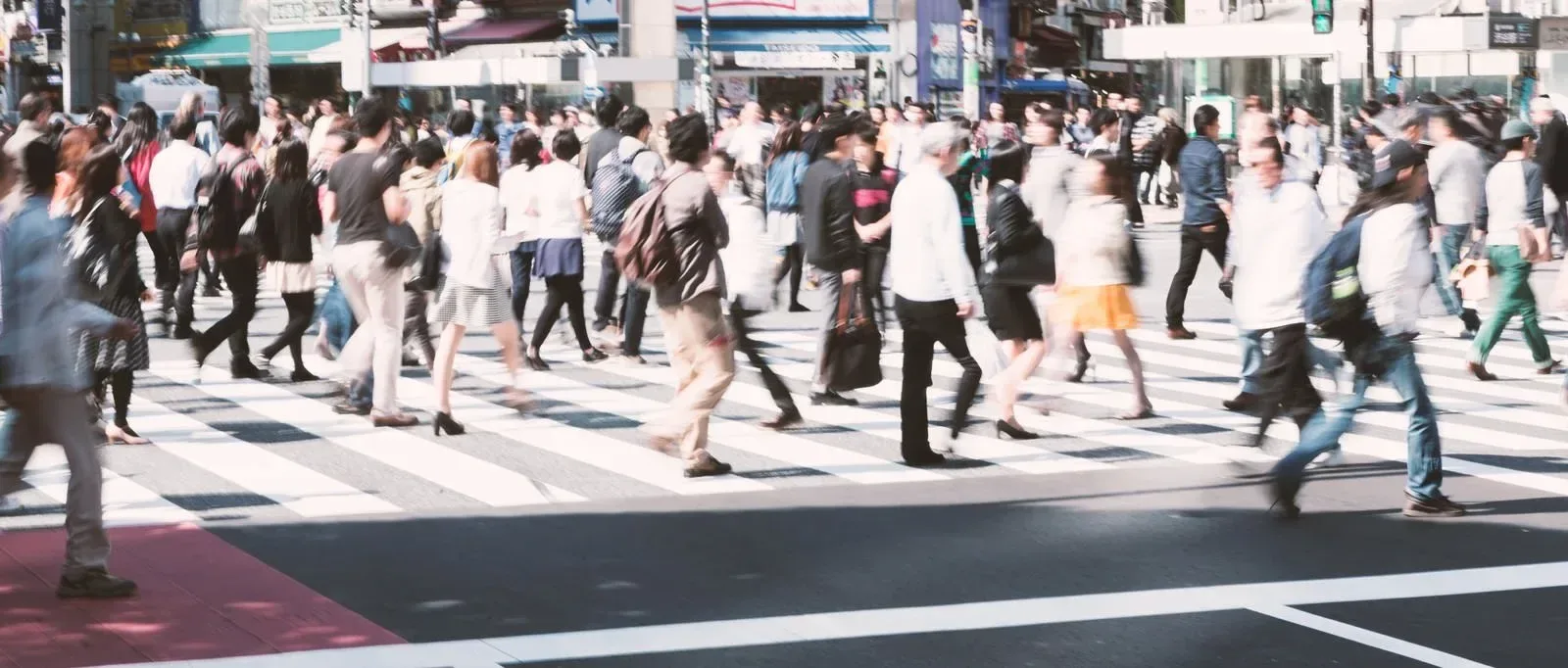
While Shinjuku and Shibuya each have their distinct charms, they share several common features as tourist destinations.
After visiting both districts numerous times, I've noticed that they're both world-famous as essential Tokyo tourist spots.
First, both are known as entertainment districts with unique atmospheres. Walking through Shinjuku's Kabukicho or Shibuya's Center Street, you can experience Japanese urban culture firsthand. When I guide my overseas friends, they're overwhelmed but excited by the energy of the people and the vibrancy of the streets.
Both districts also have plenty of photogenic spots. From Shinjuku's skyscrapers to Shibuya's Scramble Crossing, there are numerous locations perfect for social media posts. When I upload photos taken at these places to social media, I always get reactions from my overseas friends.
Moreover, both Shinjuku and Shibuya show completely different faces during day and night.
During the day, they're bustling with shoppers and tourists, while at night they light up with neon signs as restaurants and entertainment facilities come alive. This allows visitors to enjoy themselves throughout the day.
I often go shopping during the day and spend evenings at bars or clubs, and it feels like visiting completely different cities.
Shopping Paradise
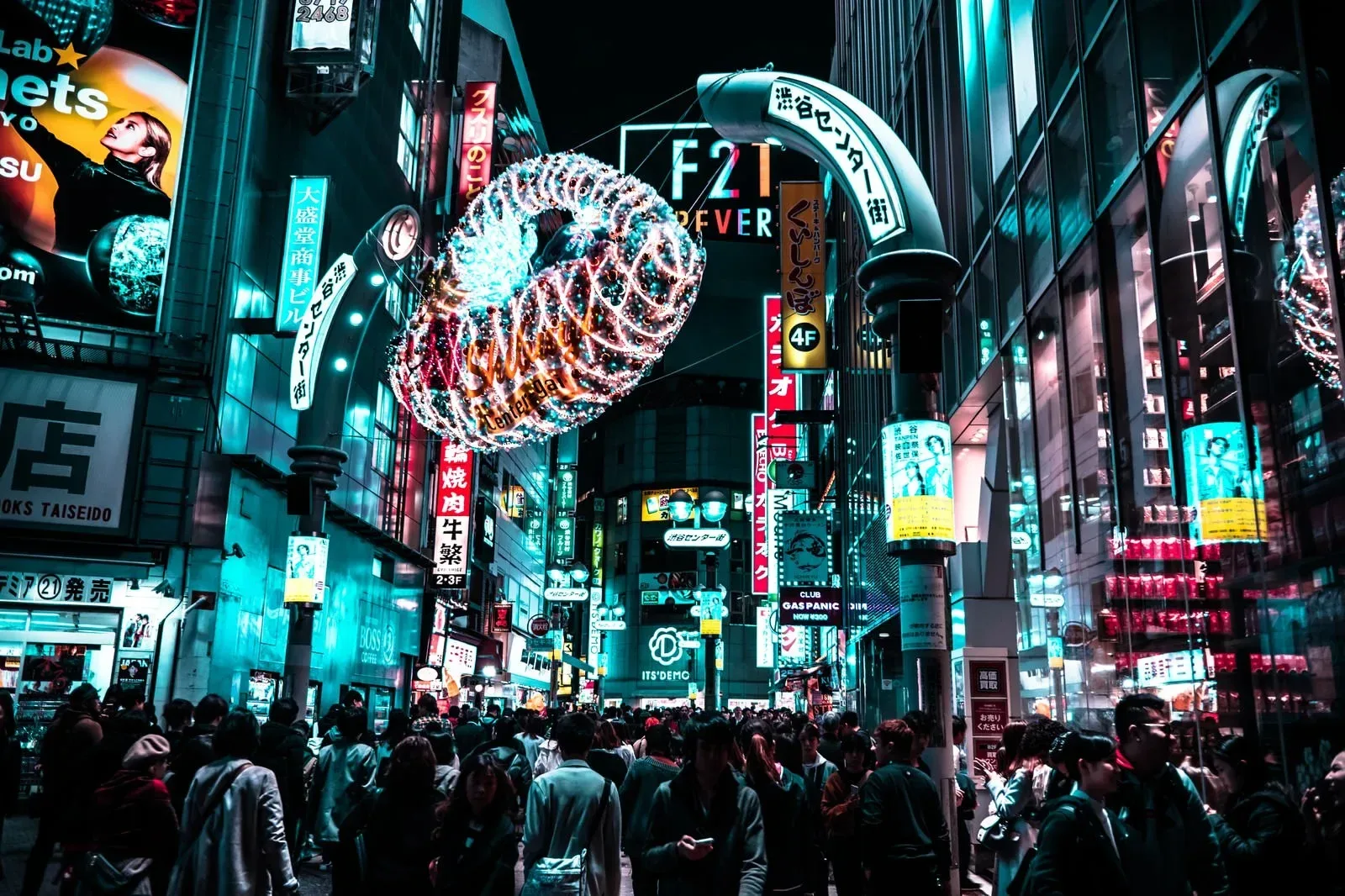
Shinjuku and Shibuya are known as Tokyo's premier shopping destinations. I often enjoy shopping in both districts, and each offers an attractive shopping experience.
First, both areas are places where you can experience the latest Japanese fashion trends. Department stores and fashion buildings leading the fashion scene, such as Isetan in Shinjuku and 109 in Shibuya, line the streets. When I guide friends from overseas, their eyes light up at Japan's unique fashion styles.
Additionally, both Shinjuku and Shibuya offer diverse shopping options, from giant department stores to unique small shops. Whether browsing the latest gadgets at large electronics stores, hunting for treasures at vintage clothing shops, or immersing yourself in otaku culture at anime shops - it's truly a shopping paradise.
More Detailed Information About "Shopping in Shinjuku and Shibuya"
・Shopping Guide Shinjuku 2026: Complete Area Guide w/Shop & Street Map
・Shopping in Shibuya! Special Feature on Fashion Buildings and Recommended Shops
Gourmet Paradise

Shinjuku and Shibuya are gourmet paradises where you can fully enjoy Tokyo's food culture. As a local, I've enjoyed countless meals in both districts, and I'm always amazed by their diversity, discovering something new each time.
The first notable point is that you can taste cuisines from around the world in one place. Areas like Shinjuku's Korean Town and Shibuya's Spain Slope offer distinctive regional cuisines. When I guide foreign friends, they're surprised to find authentic versions of their home country's cuisine while being intrigued by fusion dishes with Japanese food.
Also, both areas have restaurants for every budget, from high-end establishments to casual eateries. I enjoy having special dinner occasions at Michelin-starred restaurants or grabbing a quick drink at standing bars after work. I appreciate being able to choose restaurants based on my mood and budget.
Nightlife and Entertainment
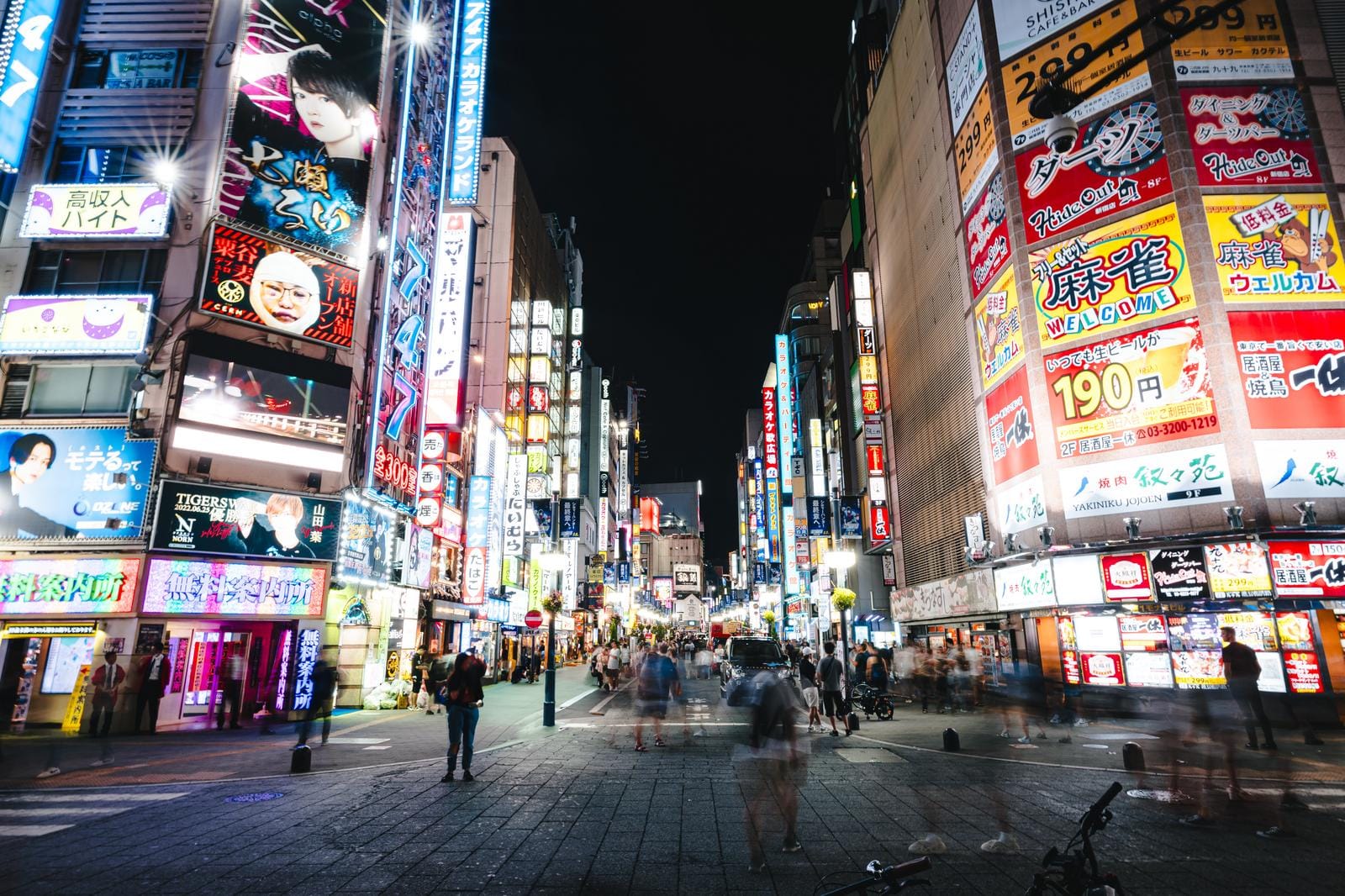
Shinjuku and Shibuya are known as the centers of Tokyo's nightlife and entertainment. After sunset, both districts show completely different faces from their daytime personas. I often spend time in both areas after work or on weekends, and their appeal never diminishes.
First, the night views are spectacular. The views from Shinjuku's skyscrapers and Shibuya Scramble Square are breathtaking. I often enjoy Tokyo's nighttime scenery with friends and family at these viewing spots, and each time I'm captivated by the urban beauty. Also, it's safe to walk around at night, allowing you to experience the nighttime atmosphere firsthand.
Entertainment options are also abundant. You can experience uniquely Japanese entertainment like karaoke, arcade games, and pachinko. Taking overseas friends to karaoke is my go-to activity - they always get super excited. Everyone is amazed by the modern equipment and extensive song selection.
More Detailed Information About "Nightlife in Shinjuku and Shibuya"
・Shinjuku Nightlife Guide: How to Enjoy the Best Spots
・Shibuya Nightlife Guide 2026 - What to Do at Night in Tokyo's Trendy Neighborhood w/ Map
Transportation Convenience

One of the major attractions of both Shinjuku and Shibuya is their exceptional transportation access. They offer excellent access to Tokyo's major tourist spots, making them ideal bases for travelers. I frequently use both stations when moving around Tokyo, and I'm impressed by their convenience every time.
Both stations serve multiple railway lines, making travel within and outside Tokyo very easy.
Shinjuku Station, with the world's highest passenger traffic, is a hub for JR lines, private railways, and subways. Similarly, Shibuya Station serves JR lines, private railways, and subways, and recently started through-service between the Tokyu Toyoko Line and Tokyo Metro Fukutoshin Line, greatly improving access to the Yokohama area.
Travel from Shinjuku to Shibuya
• From Shinjuku Station via Yamanote Line: 6 minutes
Take the Yamanote Line outer loop from JR Shinjuku Station Platform 14 bound for Shibuya/Shinagawa
• From Shinjuku-sanchome via Fukutoshin Line: 6 minutes
Take the train from Shinjuku-sanchome Platform 3 bound for Motomachi-Chukagai
• From Shinjuku Station West Exit by bus to Shibuya Station: 24 minutes
Take Keio Bus [Shuku 51 bound for Shibuya Station]
Travel from Shibuya to Shinjuku
• From Shibuya Station via Yamanote Line: 6 minutes
Take the Yamanote Line outer loop from JR Shibuya Station Platform 1 bound for Shinjuku/Ikebukuro/Ueno
• From Shibuya via Fukutoshin Line: 6 minutes
Take the train from Shibuya Station Platforms 5/6 bound for Wakoshi/Shinrin-koen/Hanno
• From Shibuya Station by bus to Shinjuku Station West Exit: 24 minutes
Take Keio Bus [Shuku 51 bound for Shinjuku Station West Exit]
Differences in Shopping Experience
Now, let's focus on the differences between Shinjuku and Shibuya. First, I'll introduce the differences in shopping experiences.
Shopping in Shinjuku

Shinjuku is a shopping paradise with everything from luxury department stores to large electronics stores. Every time I go shopping in Shinjuku, I'm overwhelmed by its scale and vast selection of products.
First, it's famous as a concentration of luxury department stores. Isetan Shinjuku, Odakyu Department Store, and Keio Department Store stand side by side, offering domestic and international luxury brands and the latest fashion items.
When I guided my overseas friends, they were impressed by the quality and meticulous service of Japanese department stores.
On the other hand, large electronics stores like BicCamera and Yodobashi Camera are also well-stocked. Being able to compare the latest gadgets and electronics hands-on is a major appeal.
I often thoroughly compare products when buying new cameras or electronic devices at these stores. These locations are also popular among foreign tourists as places to experience Japan's latest technology.
Shinjuku's fashion tends to lean more towards sophisticated, adult-oriented styles. In fashion buildings like Lumine, you can find high-quality, stylish clothing items.
More Detailed Information About "Place for Fashion in Shinjuku"
・Top 10 Shinjuku Place for Fashion 2026: Enjoy Tokyo Fashion & Culture
Shopping Characteristics in Shibuya

Shibuya, where the latest fashion and creative products gather, is an exciting place where you can always discover something new. Although I grew up in Shibuya, I still make new discoveries every time I walk through the streets - its charm is endless.
Shibuya's main characteristic is being a hub for youth-oriented fashion reflecting the latest trends. Fashion buildings like 109 are known as meccas of Japanese street fashion.
I used to frequently visit in my younger days, chasing the latest trends. Many foreign tourists also visit, drawn by Japanese youth fashion.
The abundance of unique and individual select shops is another appeal of Shibuya. Including the Daikanyama and Harajuku areas, there are numerous small shops with distinctive personalities.
I often enjoy "treasure hunting" with friends while visiting these shops. The possibility of finding one-of-a-kind or limited edition items is a unique charm of Shibuya.
An interesting point about Shibuya is the coexistence of street fashion and high fashion. While casual youth-oriented stores line Center Street, high-end brand shops can be found in Shibuya Hikarie and Shibuya Scramble Square. I think this diversity attracts people of various ages and tastes.
More Detailed Information About "Fashion in Shibuya"
・Fashion Scene in Shibuya: Recommended Spots
Food Culture and Restaurant Trends
Now, let's compare the gourmet scenes of Shinjuku and Shibuya.
Shinjuku's Gourmet Scene
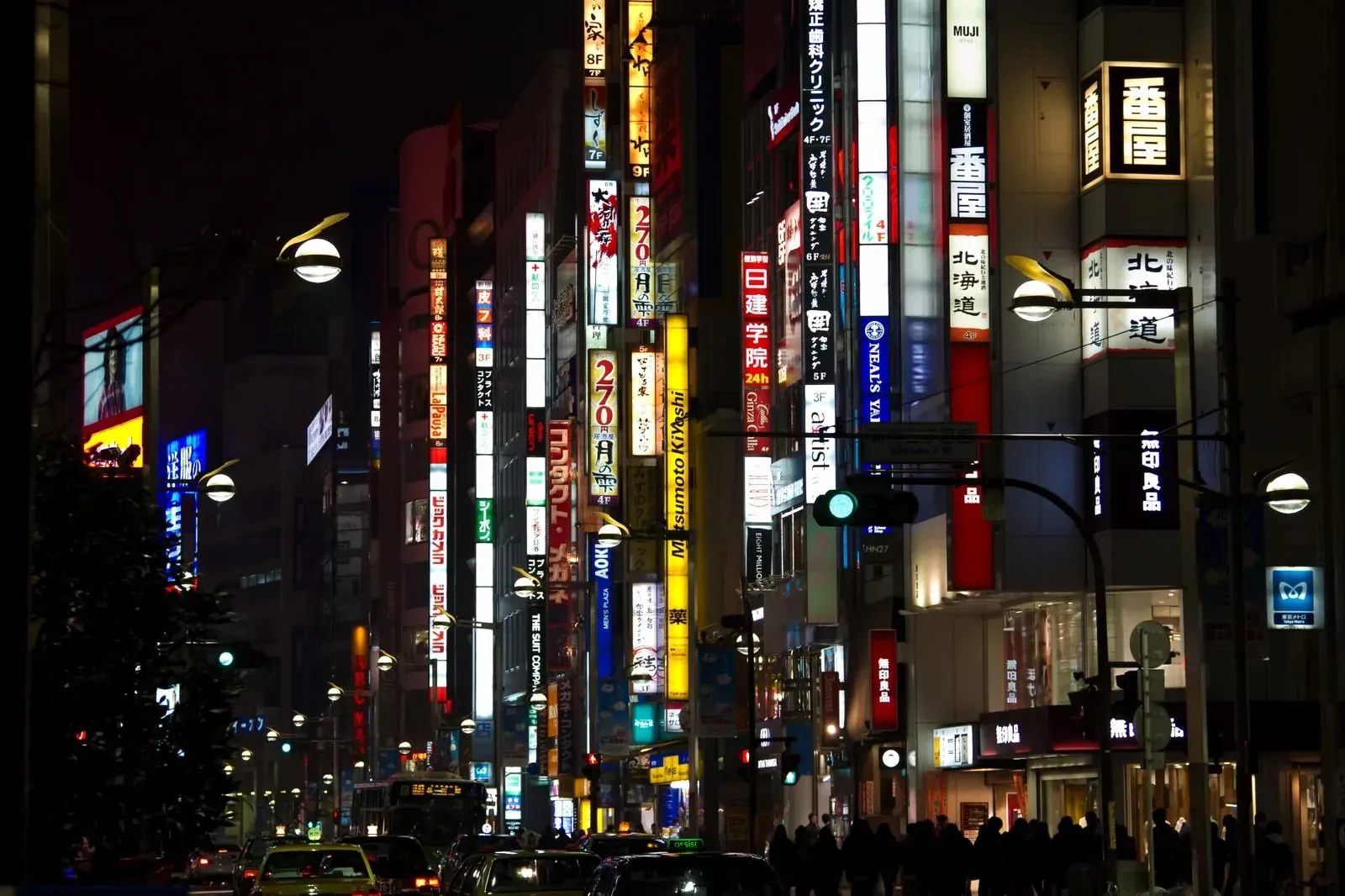
It's no exaggeration to say that Shinjuku's gourmet scene is unparalleled in Tokyo for its diversity and depth. A wide range of restaurants, from high-end establishments to casual izakayas, line the streets.
First notable is that Shinjuku is an internationally diverse restaurant district where you can enjoy cuisine from around the world.
In the Shin-Okubo area, known as Korea Town, you can enjoy authentic Korean flavors, while around Kabukicho, you'll find restaurants serving Chinese, Italian, French, and various other international cuisines.
High-end restaurants are also abundant. Many Michelin-starred restaurants can be found in Shinjuku 3-chome and West Shinjuku.
Having many restaurants suitable for special occasions and business entertainment is another characteristic of Shinjuku. I still vividly remember celebrating my promotion with colleagues at a high-end sushi restaurant.
On the other hand, there are many casual izakayas. Particularly, Omoide Yokocho is famous as a drinking district that retains its old-time atmosphere. The small izakayas lining the narrow alleys epitomize Japanese drinking culture.
I often stop by after work, and chatting with friendly owners across the counter is part of the charm. For foreign tourists, it's like traveling back in time.
If you want to enjoy exquisite Japanese cuisine in Shinjuku, the following tour is recommended. You can be safely guided to spots where you can enjoy yakiniku, sushi, and other delicacies by guides who know Shinjuku thoroughly.
・Tokyo Night Foodie Tour in Shinjuku
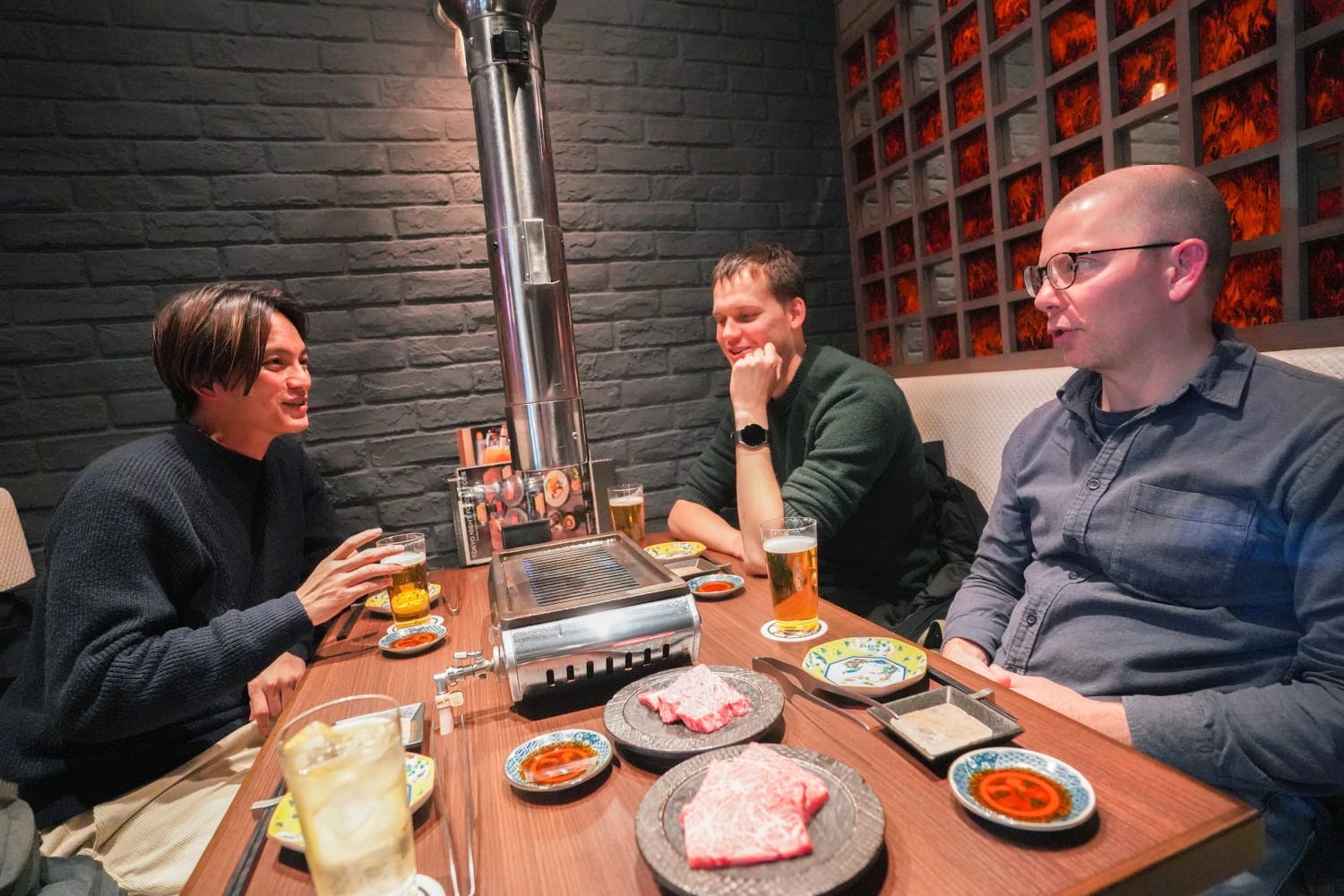
Shibuya's Gourmet Scene

Shibuya's gourmet scene is always full of novelty and energy, reflecting its character as a hub of youth culture and trends.
A major characteristic of Shibuya's restaurants is their focus on visually appealing, Instagram-worthy dishes. Particularly in cafes and sweets shops targeting young people, creative dishes and desserts that are visually striking are popular. These "photogenic" dishes are also hugely popular among foreign tourists.
Meanwhile, in the Omotesando area, there's been an increase in organic cafes catering to health-conscious and vegetarian diners. This reflects recent health-conscious trends and is a welcome change for young people mindful of beauty and health, as well as tourists with dietary restrictions.
A distinctive point about Shibuya is its abundance of affordable chain restaurants targeting young people. There are many restaurants that students and young professionals can easily afford, especially around Center Street, which is always bustling.
During my student days, I often had long conversations with friends over meals at these places. The ability to enjoy delicious meals at reasonable prices is one of Shibuya's major attractions.
Nightlife and Entertainment
Next, let's compare the nightlife of Shinjuku and Shibuya.
Shinjuku's Night Face
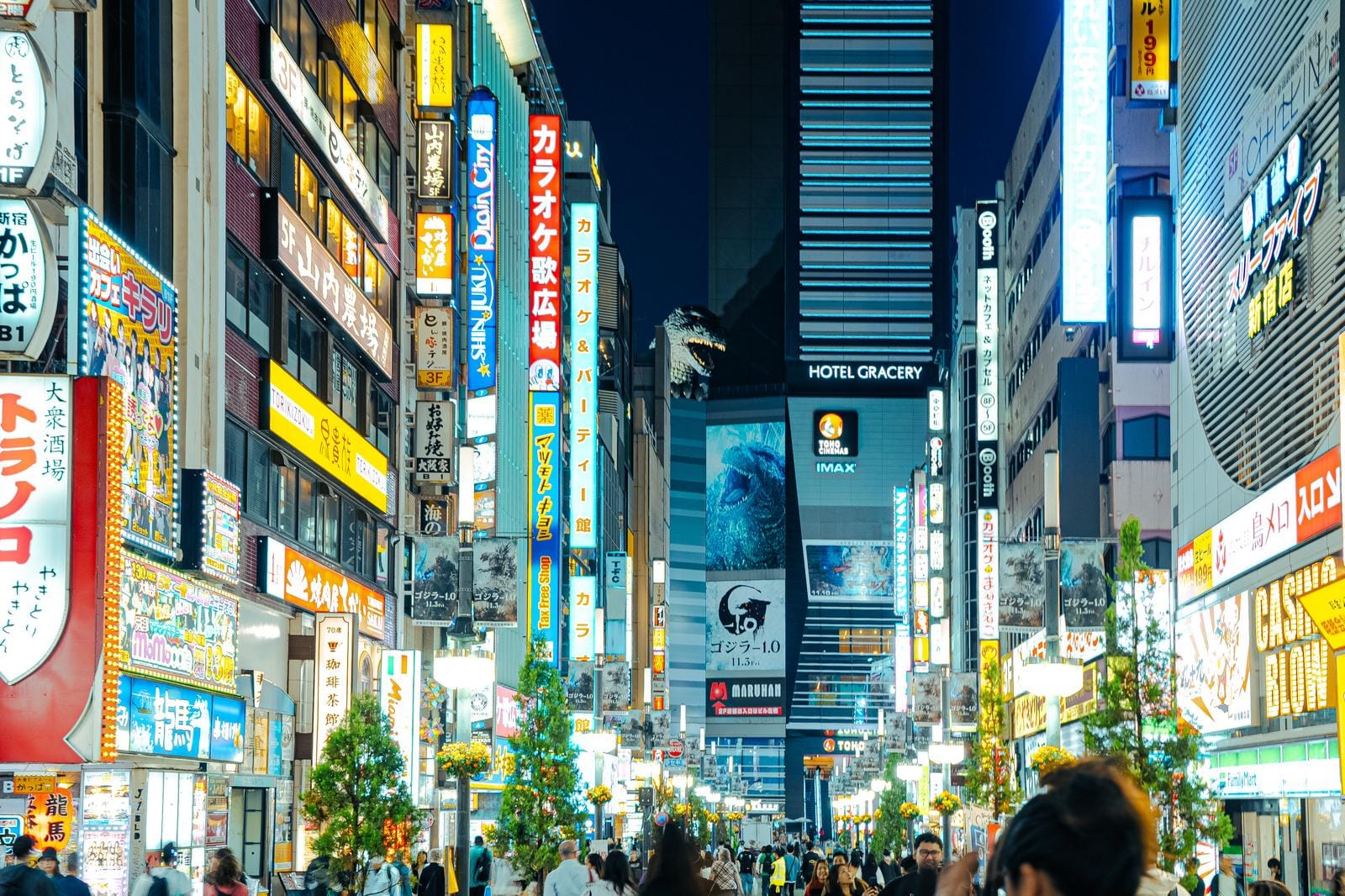
Shinjuku at night represents Tokyo's nighttime face. Transforming from its daytime business district persona, once the neon lights start glowing, Shinjuku transforms into a glamorous entertainment district.
Speaking of Shinjuku's nightlife center, it has to be Kabukicho. Known as Japan's largest entertainment district, Kabukicho is a treasure trove of diverse nighttime entertainment. Clubs, bars, karaoke, pachinko, massage parlors, and various other entertainment facilities are densely packed.
In my younger days, I used to party with friends in Kabukicho until dawn. For foreign tourists, it's probably the place where they can experience Japanese nightlife culture in its most concentrated form.
One of Shinjuku's appealing points is that it still retains drinking districts with a retro atmosphere. Omoide Yokocho and Golden Gai are precious places that preserve the Showa era atmosphere. Small bars lining narrow alleys create a unique atmosphere.
I still visit occasionally, and having casual conversations with regular customers and owners across the counter is always a fresh experience.
Shinjuku Ni-chome is famous as an LGBTQ-friendly area. This district, where you can feel diversity, is filled with an atmosphere where everyone can enjoy themselves freely. My foreign friends were also impressed by the open atmosphere of this area.
More Detailed Information About "Night Face in Shinjuku"
・Kabukicho Comprehensive Guide: Things to do & Nightlife Idea in Tokyo's Neon-Lit District
Shibuya's Night Face

Shibuya's main nightlife characteristic is its many large clubs popular among young people. Internationally famous clubs like WOMB are concentrated here. On weekends, these clubs overflow with young people.
During my student days, I often went clubbing with friends, and I still vividly remember the excitement and energy. With many international DJs visiting, you can enjoy cutting-edge music.
Also, Shibuya has numerous izakayas and bars catering to young people that stay busy until late at night. Center Street and the area around Don Quijote are crowded with people even late at night. These establishments are popular among students and young professionals because they can be enjoyed at relatively reasonable prices.
An interesting point about Shibuya's nightlife is its wealth of entertainment facilities like karaoke and game centers.
There are plenty of options to enjoy the night without drinking alcohol, like going to karaoke with friends or playing the latest arcade games. My friends from overseas were always thrilled by these uniquely Japanese forms of entertainment.
Tours in Both Cities
Tokyo Bar Hopping Night Tour in Shinjuku
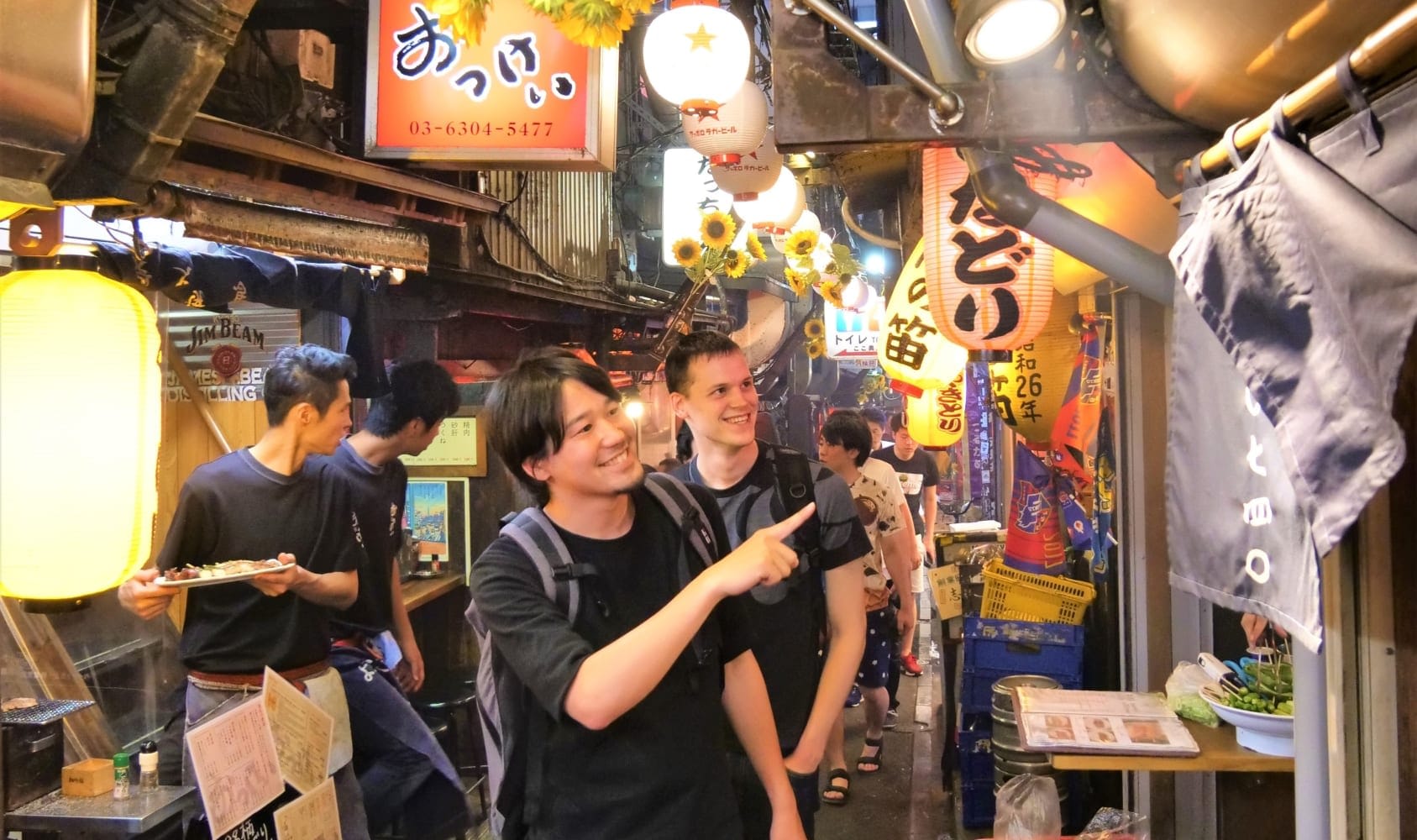
A 3.5-hour journey through Shinjuku's izakaya culture. $105.56 includes 4+ drinks (2 at first stop, all-you-can-drink at second, 1 at third) and 3 dishes. Experienced by over 20,000 guests and ranked #1 on TripAdvisor Japan 2024.

Visit three hidden izakayas serving local favorites like yakitori, gyoza, and agedashi tofu. Generous dinner portions provided.
Open to ages 15+, alcohol served only to 20+. Vegetarian options available.
Small-group tour exploring diverse areas like Omoide Yokocho and Kabukicho. Welcome to solo travelers, groups, couples, and families.
Full refund for cancellations 24 hours in advance, free date changes (subject to availability). Photo service included.
English-speaking guide provides menu explanations. Additional orders welcome.
Meeting point: Black pillar next to UNIQLO Shinjuku West Exit Store, 7-8 minutes walk from Shinjuku Station West Exit. No participation, refund, or rebooking for late arrivals.
Details here: Tokyo Bar Hopping Night Tour in Shinjuku
More Detailed Information About "Bar Hopping Tour in Shinjuku"
・3 Reasons Why MagicalTrip's Tokyo Bar Hopping Night Tour is Popular!
Shibuya Bar Hopping Night Tour in Tokyo

A 3-hour tour through Shibuya's local food districts. For $106.51, enjoy 4+ drinks (2 at first stop, all-you-can-drink at second, 1 at third) and 3-4 food dishes.
Perfect for tourists staying in Shibuya, explore hidden areas like Niku Yokocho with a local guide. Open to ages 15+, alcohol served only to 20+. Vegetarian options available.
Savor premium Japanese meat dishes including wagyu, Kobe beef, and beef sushi at three carefully selected izakayas. Sufficient portion size for dinner.
Full refund for cancellations 24 hours in advance, free date changes (subject to availability). Photo service included.
Experience Shibuya's nightlife in small groups, dining alongside locals. English-speaking guide ensures smooth communication.
Meeting point: In front of TSUTAYA, 3-minute walk from Shibuya Station's Hachiko Exit. No participation, refund, or rebooking for late arrivals.
Details here: Shibuya Bar Hopping Night Tour in Tokyo
More Detailed Information About "Bar Hopping Tour in Shibuya"
・Introducing Shibuya Bar Hopping Night Tour (w/Photos)
In this article, I've introduced the characteristics and attractions of both Shinjuku and Shibuya.
Both districts, as Tokyo's representative entertainment areas, have their own unique charms. Shinjuku as an adult district and Shibuya as a youth district each offer different atmospheres and experiences.
Rather than visiting just one, visiting both districts will help you better understand Tokyo's multifaceted appeal. Enjoy shopping in Shibuya during the day and spend adult time in Shinjuku at night.
Or buy the latest gadgets in Shinjuku and then enjoy the night at a Shibuya club. By combining these two districts, you can have a richer Tokyo experience.
Please use this article as a reference to fully enjoy Tokyo's two major entertainment districts!



